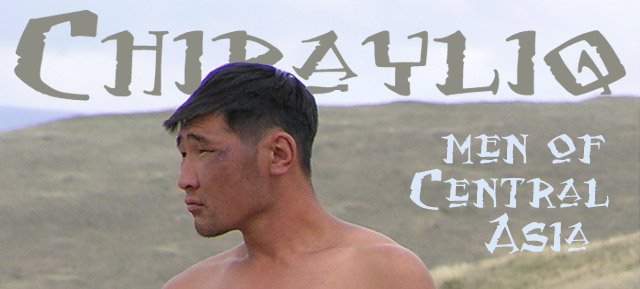Sergey Maximishin, born in 1964, grew up in Kerch in the Crimea. He served in the Soviet army as a photographer the Soviet Military Force Group on Cuba from 1985 to 1987.
After the army, he studied physics and worked in the laboratory of scientific and technical expertise in the Hermitage Museum. In 1998, he graduated from the St. Petersburg Faculty of photojournalism. For the next five years he was a staff photographer for the newspaper Izvestia, and since 2003 he has been working with the German agency Focus.
One of Maximishin's recent reportages is about Oymyakon in the Sakha (Yakut) republic, one of the coldest places in the world. "Here the petrol freezes, and the milk is stored in slabs in the basement", as the lead paragraph in Stern magazine says.

A cowboy rides one of his livestock. Maximishin's photos from Oymyakon were featured in German Stern magazine, Russian Русский Репортер and Polish Przekroj. He shares scans of the articles on his blog.

A fisherman on lake Sevan, Armenia.
Below are a couple of photographs from the Allaihovsk region in Sakha. Maximishin writes: "500 kilometers north of Murmansk. Yearly average temperature is -15 degrees centigrade. The surface of the region is slightly bigger than Bulgaria. The inhabitants number 3200 people. 33 square meters per person. Or 0,03 people per square kilometer."

A reindeer herder plays with his doggie.


Reindeer herding, hunting and fishing are some of the main occupations in the region.

See more of Maximishin's photos from the Allaihovsk region.
Many more wonderful photos can be found on Sergey Maximishin's website - maximishin.com (in English) - as well as his blog - remetalk.livejournal.com (in Russian)!








































